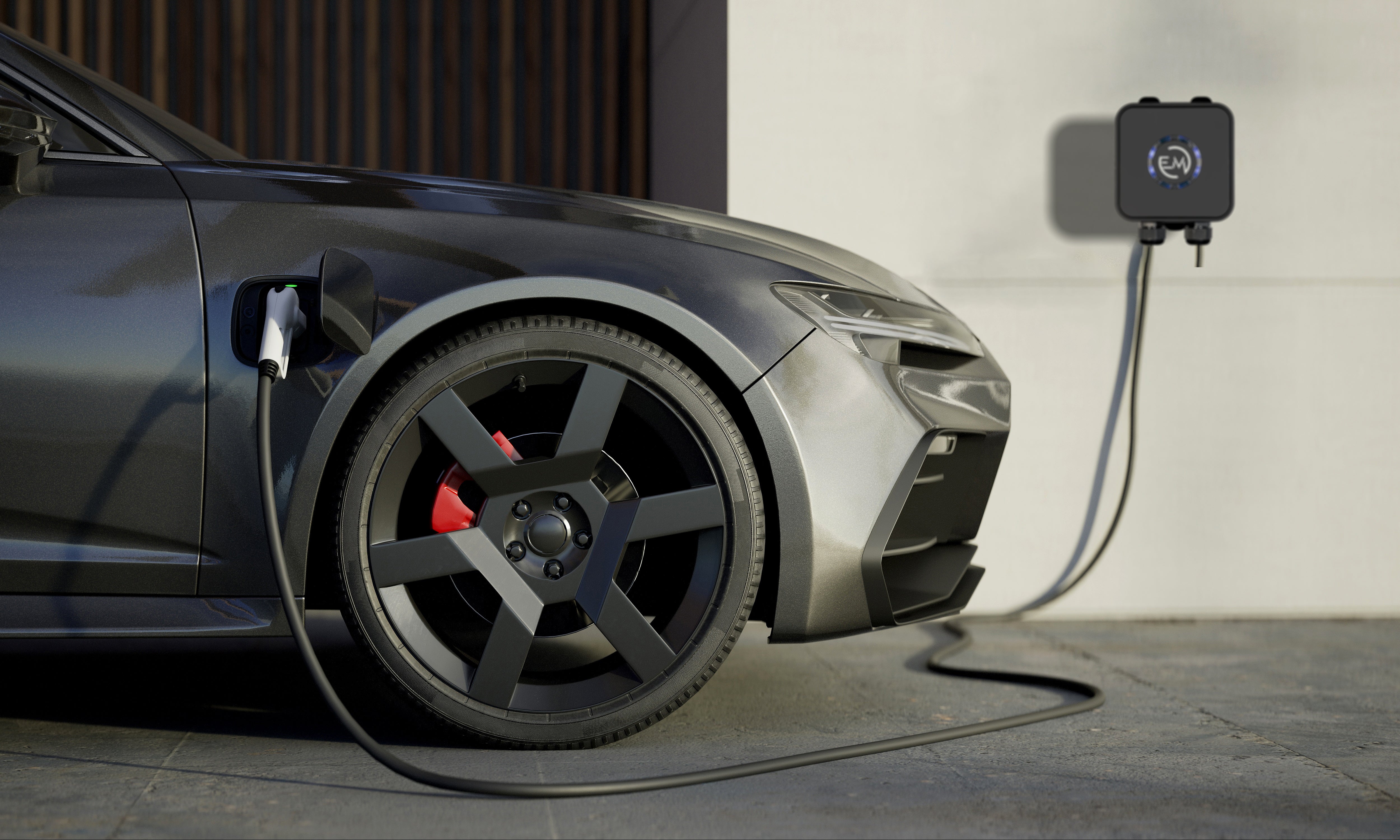The evolution of electric vehicle batteries: from chemistry to graphene

The first electric vehicle batteries were based on chemical solutions, such as lead-acid and nickel-cadmium. These solutions, while effective, had limitations in terms of efficiency and durability, and were gradually replaced by new technologies.
Lithium batteries have become the most popular technology for electric vehicles, thanks to their high efficiency and low environmental impact. However, lithium batteries also have limitations, such as limited charge and discharge capacity and limited life.
In recent years, new graphene-based technologies have been developed that promise to revolutionize the electric vehicle battery industry. Graphene batteries have superior technical characteristics compared to lithium batteries, such as high charge and discharge capacity, high energy density and long life.
In conclusion, the evolution of batteries for electric vehicles represents one of the most important technological challenges for the development of sustainable mobility. Thanks to the new solutions based on graphene, it is possible to imagine an increasingly sustainable and smart future, in which electric vehicles represent a real alternative to internal combustion vehicles.








